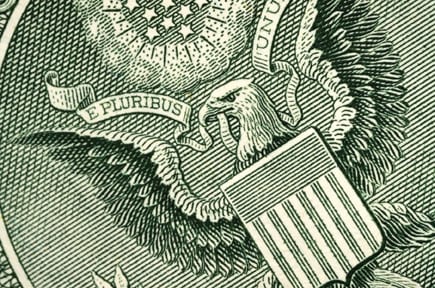
by Dallas Ebel, Director, Eastern US and Latin America Institutional Distribution BofA Global Capital Management and Michael Tafur, Managing Director, Global Liquidity Investment Solutions, Bank of America Merrill Lynch
For Latin American corporates and financial institutions, US dollar-denominated products, such as bank-issued interest-bearing deposits and short-term fixed-income vehicles [1] play a critical role in executing their short-term investment strategies. Despite the low-rate environment in the US and the higher yields available from similar products denominated in Latin American currencies, Latin American investors continue to invest heavily in USD products because no locally denominated short-term debt instruments offer the same level of stability. The decision on the part of Latin American companies to allocate at least a portion of their liquidity to USD-denominated products is considered best practice given the volatility that has roiled the region’s debt markets in the past.
The case for US dollar investments
The US dollar (USD) remains the world’s leading reserve currency, and USD-denominated products are perceived to provide a haven from the geopolitical turbulence to which other parts of a company’s investment portfolio may be exposed. The risk profile of US assets drives treasurers at many Latin American companies to invest in USD-denominated products despite their low yields vis-à-vis corresponding products denominated in local currencies.
Treasury professionals in Latin American are well aware that they may be paid just 20 basis points for holding a US certificate of deposit (CD) at a time when Brazilian and Spanish bank CDs are offering yields that currently are at least twice that. For most of them however, yield is far less important than principal stability, which prompts them to allocate a portion of their cash to USD products.
Sign up for free to read the full article
Register Login with LinkedInAlready have an account?
Login
Download our Free Treasury App for mobile and tablet to read articles – no log in required.
Download Version Download Version




























